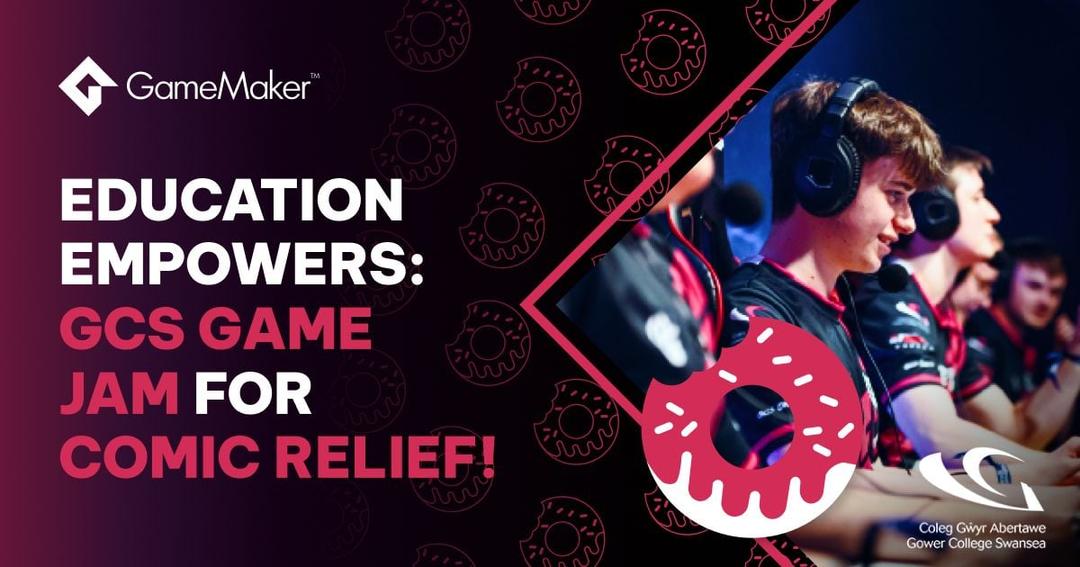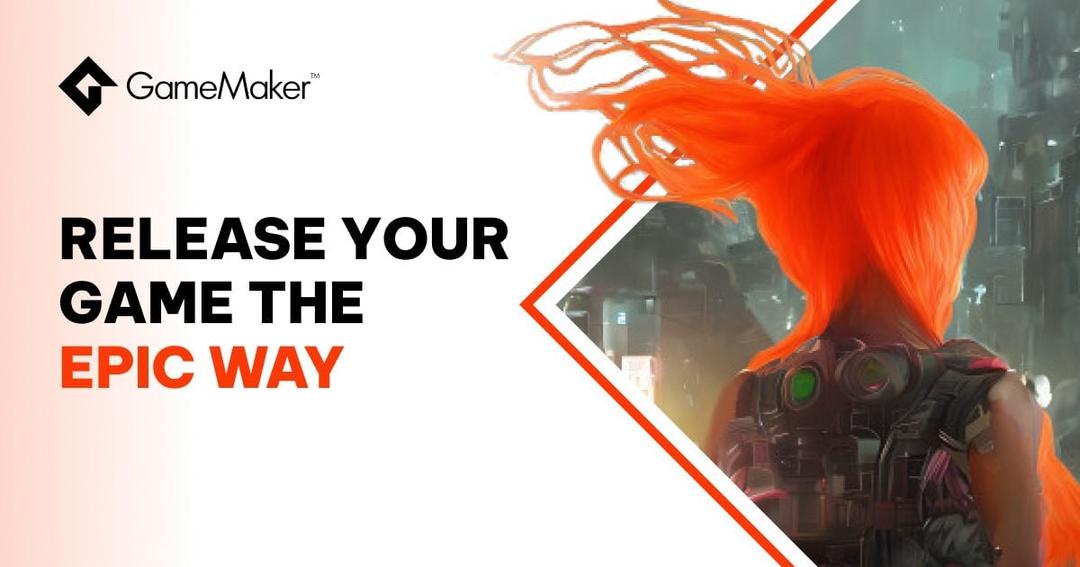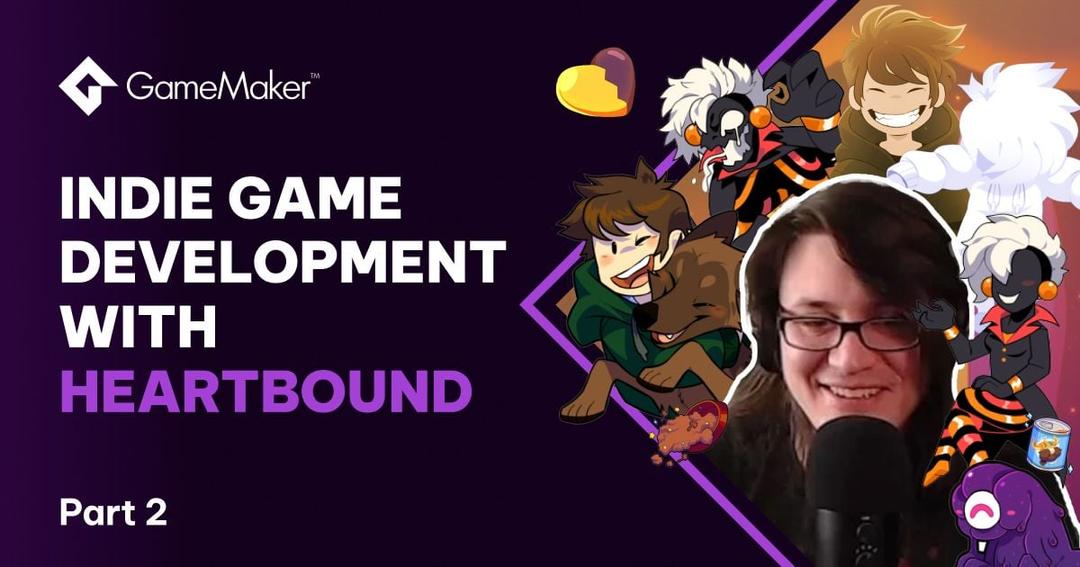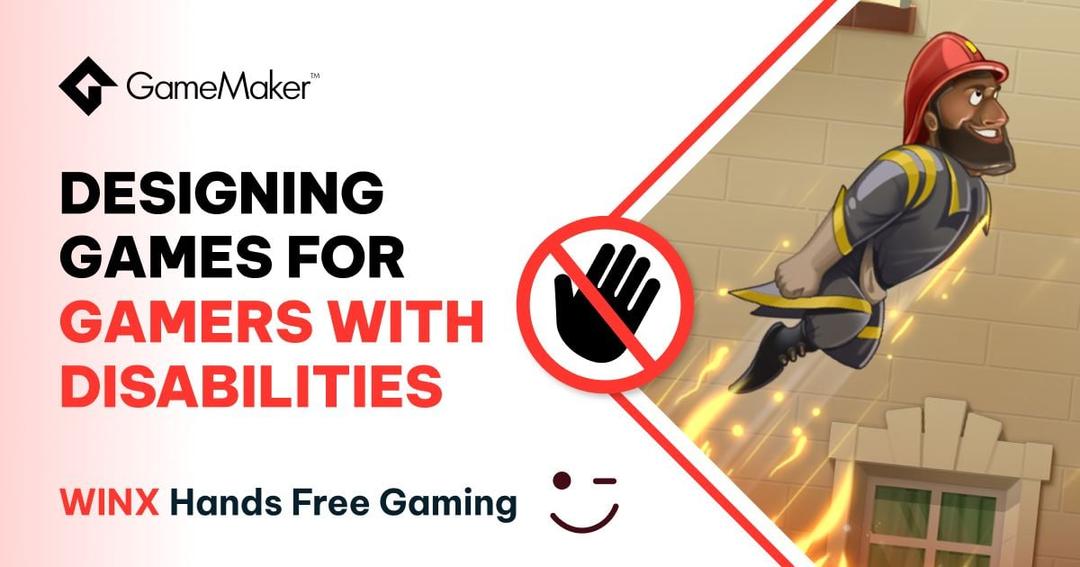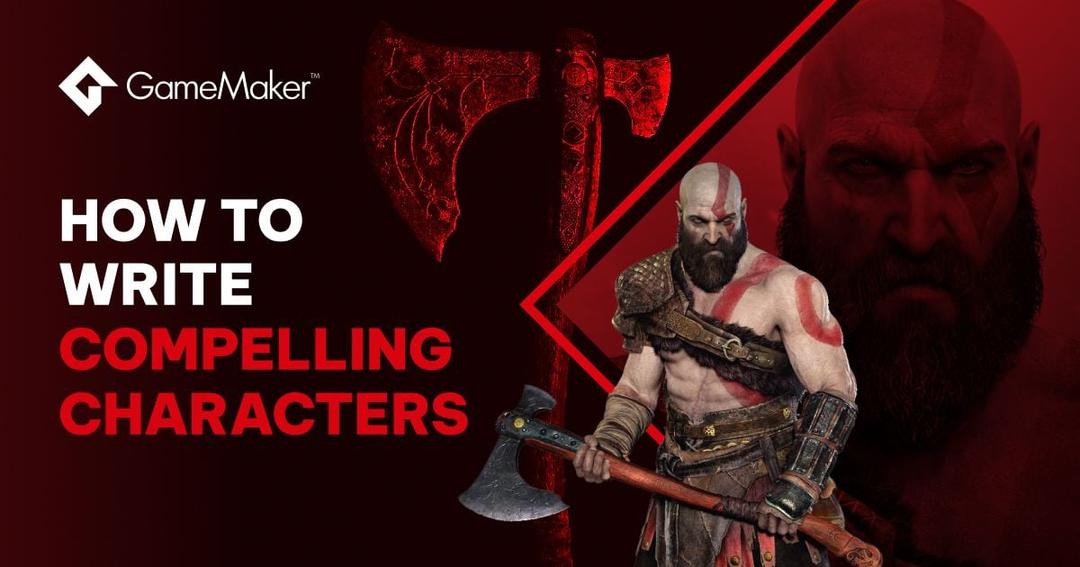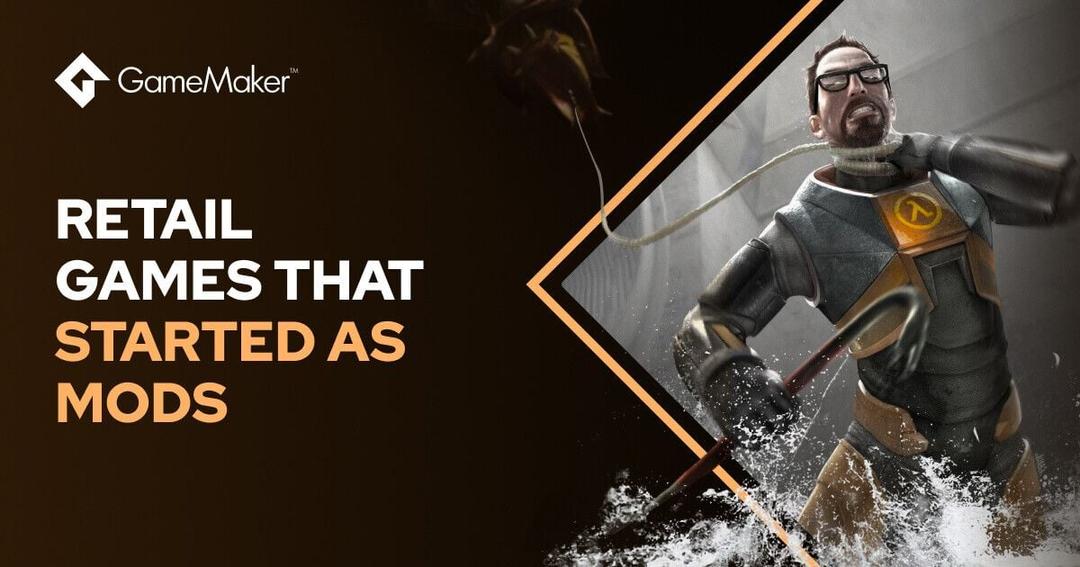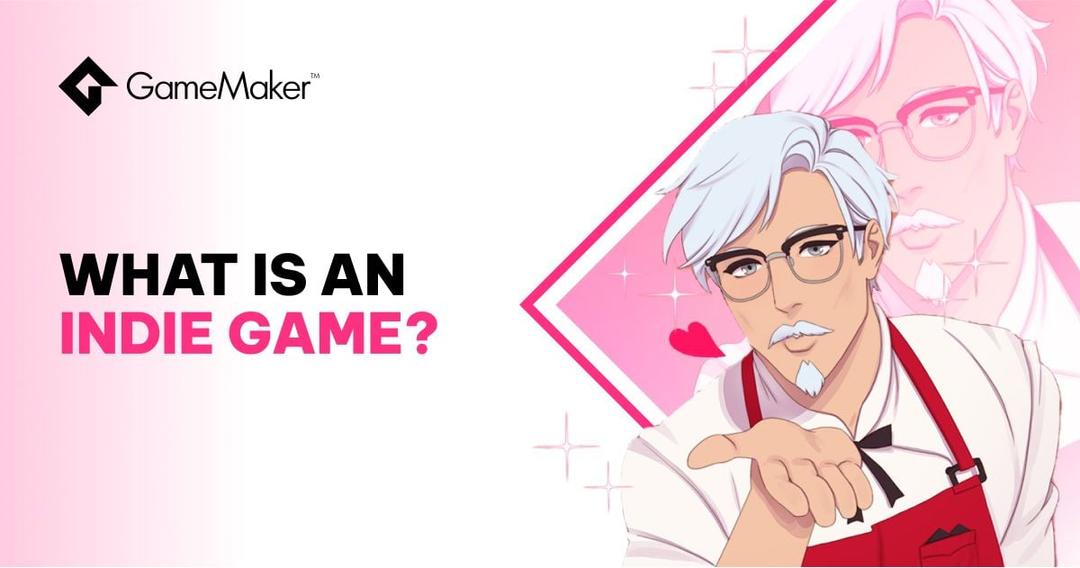Writing For Video Games: The Must Know List of Character Archetypes
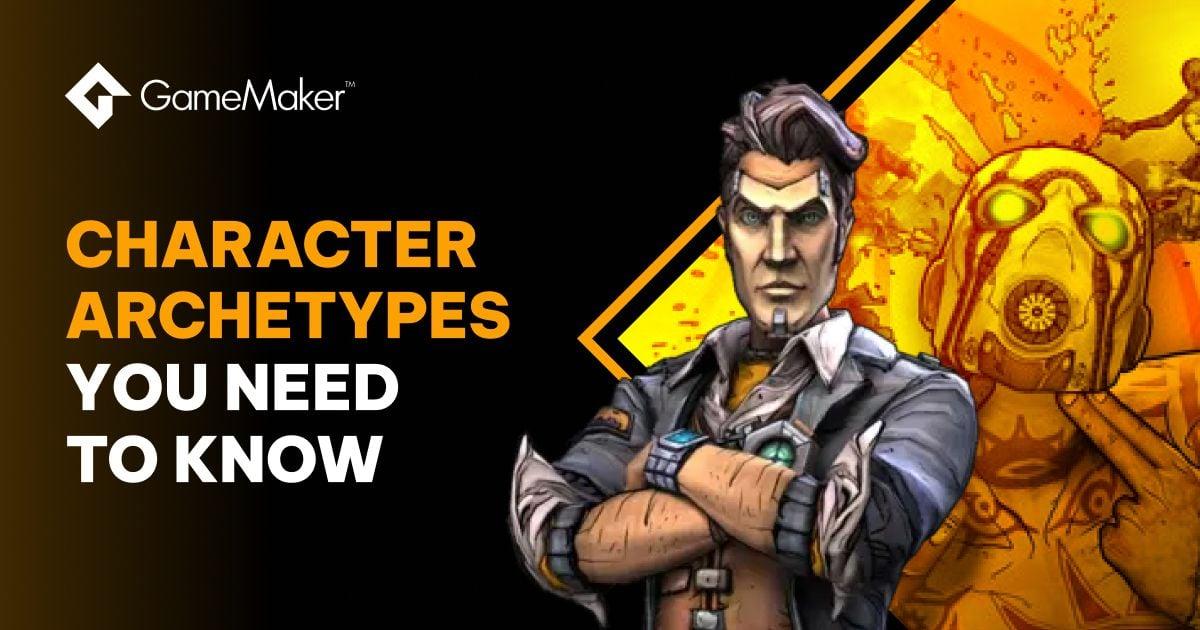
Writing for video games is often about creating flow charts, side quests, cutscenes and collaborating with the rest of the design team. Character development is sometimes difficult to sandwich in.
But, if you do it right, you can create a game players cherish.
This list of character archetypes explores: how to create characters that players can easily understand and relate to, and how to use them.
This article includes:
- What Is An Archetype?
- What’s the Difference Between Archetypes, Stereotypes and Video Game Classes?
- Seven Character Archetypes You Need to Know for Your Video Games Stories
- How Do You Use Character Archetypes?
- How to Get Started Making Video Games
What Is An Archetype?
Heroes and villains, lovers and sages, outlaws and explorers. These terms are all character archetypes. You’ll probably have heard of them already, and you’ll intuitively understand their specific features, roles, and story arcs.
Geralt from The Witcher and Link from Zelda are both heroes - Eredin Bréacc Glas and Ganandorf are their villains. These characters fall into similar categories with similar traits, but they differ greatly in presentation. That’s where archetypes are so useful: they give you the guidelines that characters have been designed on for generations, but the space to make them your own.

The Legend Of Zelda: Breath of the Wild, developed by Nintendo and The Witcher 3: Wild Hunt, developed by CD Projekt Red
What’s the Difference Between Archetypes, Stereotypes and Video Game Classes?
Archetypes, stereotypes, and video game classes are all methods of categorising characters, but they’re as different as Undertale is to Monopoly.
Stereotypes are generalisations made to understand a wide range of people, which often lack depth and understanding. Think about the ‘shy nerd’, or the ‘pretty princess’: they can be laughably stale and sometimes pretty offensive.
Video game classes are a way to categorise specific abilities and roles in a game. Video games use classes to allow you to customise the gameplay. This helps you project onto the character and feel more immersed, but essentially any class can be any archetype.
A rogue class is sneaky, adept at hiding, and wields specific weapons that can have a deadly impact. This is synonymous with a sniper, assassin, or sometimes a thief. You can play as a heroic assassin in games like Hitman, or fight villainous ones such as Kai Leng in Mass Effect.
Archetypes are general character traits and personalities that have been used universally across cultures and throughout history. For more on the timelessness of character archetypes, read Joesph Campbell’s Hero With a Thousand Faces.
Seven Character Archetypes You Need to Know for Your Video Games Stories
Here are seven of the most useful character archetypes for your video game.
1. The Lover
Connection, passion, and romance are this archetype’s WASD. A lover archetype is faithful and intimate, but they might be naive and blinded by their idealism - misguided by their fear of being alone.
Lover archetypes can be found in multiple video game genres and are often unlockable through dialogue options.
RPG titles that allow players to influence progression by making their own decisions and building their own relationships use the lovers archetype to great effect.
The Banner Saga uses the lover archetype in a uniquely interesting way. This game puts you in the position of leading a group of refugees to safety. On your journey, you meet two typical lover archetypes: Eyvind and Juno. They’re wise and seem to know more about why the world is crumbling than they let on.
When Juno is missing, Eyvind pushes you to go on certain journeys that he claims are essential, but because of Eyvind’s devotion to Juno, you question if you can trust his intentions. This leads to tension in the gameplay and some interesting dialogue choices.

The Banner Saga, developed by Stoic
2. The Magician
Magician archetypes achieve their goals by controlling supernatural forces, but knowledge of the arcane can be wielded by those morally good and bad.
This magician archetype is mysterious, often spending time outside of normal society. They’re wise but greedy for knowledge. They’re often physically weak, but can rely on their abilities and allies to stay out of harm's way.
Yennefer, from The Witcher, starts life as an unloved, hunchbacked child, but upon discovering her magical ability, she goes to a strange school for magic young ladies. Yennefer’s character arc sees her become a member of the Council of Wizards, offering wisdom to others. She is also morally good and bad at times throughout her life, casting a glance towards the traditions of a magician archetype.

Yennefer, The Witcher 3: Wild Hunt, developed by CD Projekt RED, CD Projekt
3. The Outlaw
The outlaw archetype disrupts. Their dogmatic desire for change can lead them to extreme actions - they’re a rebel if they’re disrupting for the greater good, and a radical if they advance evil.
Outlaws are bold, free-thinking, and energetic, and their confidence to stand up for what they believe in, against normal society is both admirable and nihilistic.
Think Trace from Axiom Verge. Before the gameplay even begins, Trace challenges the rules of established science with his new ideas. This leads him to be cast out from the scientific community. Then Trace finds himself in the world of Sudra. Here, he’s an outsider and constantly fighting against forces he disagrees with.

Axiom Verge, developed by Thomas Happ Games
4. The Villain
The villain archetype is often a twisted reflection of the hero.
A villain is smart, and this makes them threatening. As a story device, this character archetype has to give the hero a run for their money, anticipating their behaviour and stopping the hero from achieving balance and peace.
Villains are principled. Like heroes, they truly believe in their cause, and these archetypes are steadfast and proactive in pursuing it. This ideology is usually revealed in a key moment that’s climactic, unexpected, or revealing.
A villain’s origin story often shows them being wronged in their early life, or they are inherently inhuman, like a monster or evil god, and therefore not bound by conventional morality. This makes them more believable.
An excellent villain is Handsome Jack from Borderlands 2. He’s clever, dangerous, evil, and omnipresent: his spaceship is high in the sky and always looming over you.

Borderlands 2, developed by Gearbox Software
5. The Explorer
The explorer archetype has an insatiable curiosity. Following their noses, they find their own paths of growth and wonder.
This need for endless self-discovery can make them unreliable companions, and leave them constantly unsatisfied. But, they’re often driven, brave, and self-sufficient characters who value non-conformity and independence.
The story of Hyper Light Drifter is told by playing as The Drifter. This silent protagonist searches a world inspired by dreams, battles ferocious creatures, and longs to uncover a secret that will save them from a deadly illness. The Drifter’s search is wandering, deep, and curious, making them a great example of an explorer archetype.

Hyper Light Drifter, developed by Heart Machine
6. The Sage
Scared of their own ignorance or of being deceived, the sage archetype is on an endeavour for knowledge, wisdom, and truth.
A sage is a morally good character who believes that knowledge can make the world a better place.
With the vast amount of information they collect, sages can suffer from analysis paralysis and lack decisiveness, stopping them from joining in the action.
In Skyrim, you come across the sage archetype when you encounter the ancient order of the Greybeards. They help you learn the ‘way of the voice’ which equips you with skills you need to complete the game.

The Elder Scrolls V: Skyrim, developed by Bethesda
7. The Hero
We all love a hero archetype: someone who stops the villain and restores good in the world. In video games, the hero is usually the playable character.
Hero archetypes tend to always keep their core traits:
Strength, either physical, emotional, or magical
Devotion to their goal
A strong sense of right and wrong
The goal is to restore balance to the game world
This mountain is a metaphor for her depression and anxiety but Magdalene never gives up on herself and with inner stalwart strength, she finishes the game by finding peace within herself.

Celeste, developed by Maddy Makes Games
How Do You Use Character Archetypes?
Character archetypes are a quick and reliable method of imbuing your characters with easily recognisable and relatable traits that don’t need an explanation. This means that your audience can relate to them immediately within any world they step into.
Some of the best characters combine character archetypes to create something truly unique.
Think of Magdalene, the hero archetype from Celeste. She could also be a lover on a mission to accept herself.
Feel free to add twists to traditional archetypes’ personalities to make them more engaging and feel unique.
Lessons from Dungeons & Dragons: Archetype Alignment
Dungeons & Dragons has a system to help with character creation in your games. It’s easy to use but can be simplistic and restrictive, so use it with caution.
It works by matching a character’s behaviour and morals to a certain alignment. For example, if you want your character to be an outlaw archetype who fights against an oppressive regime, giving them a chaotic but morally good personality might be the right fit.
A ‘lawful evil’ character might be the villain archetype - an evil ruler who enforces a dark code. A ‘true neutral’ character will be neither good nor evil, chaotic nor lawful. Yennefer, the magician archetype, fits here.
Check out this interpretation of this theory and the character in Undertale:

How to Get Started Making Video Games
Creating your own characters for video games has never been so easy. GameMaker is a game engine with a simple interface and a plethora of helpful tutorials that’s completely free to download and keep forever.
If you’re interested in learning about writing compelling video game characters, check out our other article on character design in video games, or, to get started creating your own games try our tutorial Little Town.
This tutorial comes bundled with everything you need to bring your game life and step-by-step video and written guides.
Happy GameMaking!

